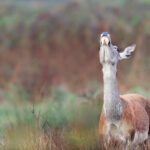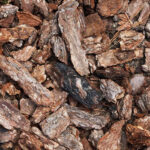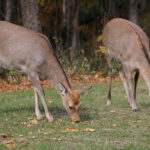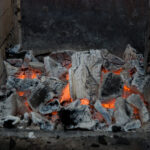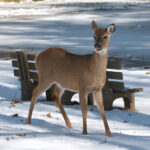You may have come across female deer chasing each other, following each other, or even fighting. During the rut, male deer will chase female deer in estrus, competing for a chance to mate.
It has even been suggested that the roles will reverse when male populations are low, and you will see does chasing bucks. So, why do female deer chase each other?
Table of Contents
Why Do Female Deer Chase Each Other?
There are a few reasons why does chase each other. They all come down to the fact that does tend to live and travel in herds. Like humans and other social animals, does live in groups for social order, communication, and cooperation.
Asserting Dominance Hierachries
One reason you might see a doe aggressively chase another doe within their herd is to assert dominance.
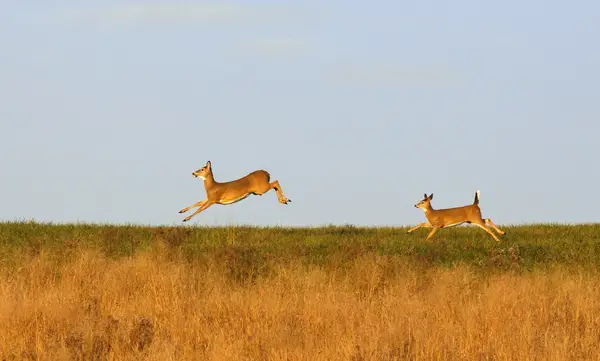
Within the herd, there is a social structure. That pecking order gets reinforced through some behaviors that might seem strange to an onlooker.
Herds have an alpha female who leads the group, usually breeds first, and is responsible for taking the lead for things like
- Warning the others of the presence of danger–usually with a snort, a foot stomp, or more subtly by flaring the hair on her tail
- Teaching survival skills to young deer in the herd
- Driving off young bucks once they’re old enough, usually after a year
- Leaving her scent if the herd gets separating so the others can find their way back to her
This dominance hierarchy maintains order in the herd and helps the deer survive, so it needs to be maintained.
Deer will act kind of strange and seemingly rude as part of asserting this pecking order, bumping into each other, stealing another deer’s feeding spot, or chasing each other.
A dominant doe will stare at a subordinate doe with her ears flattened. A subordinate that accepts her status will look away. A doe that wants to challenge them to advance her state will stare back and flatten her ears.
If a subordinate doe challenges a dominant doe, they might chase each other or even start fighting, standing on their hind legs and flailing their hooves at each other.
Defending their Herd or Food Source
Deer aren’t particularly territorial and don’t generally defend their territories, but if a doe encounters deer from another herd, they might act aggressively toward one another.
This looks much the same as when a subordinate challenges a dominant doe. The deer will stare at each other and approach to challenge each other. They will chase each other and fight until dominance gets established.
Creating a Space to Give Birth
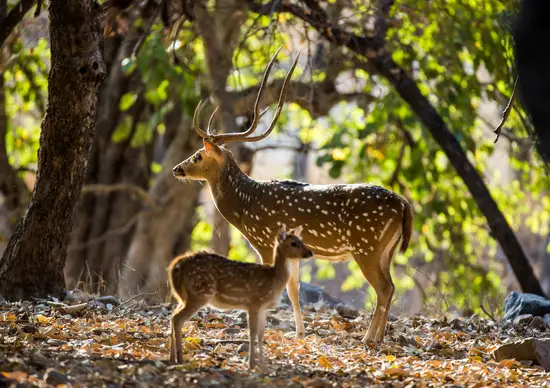
Another time you might see a doe chasing off another doe is in the spring. According to the University of Wisconsin, doe birthing behavior is relatively standard and occurs at similar times every year.
For a brief period, when the doe is about the give birth, she will chase other deer away from the birthing territory to give birth in peace.
This arrangement only lasts until the fawn can stand and walk, about a day or two, before they return to the herd. How do they know where the herd is?
Deer largely follow the same paths daily and like to stay in the same areas. Plus, they can follow the scent of the alpha doe.
Sticking Together
One more way it might appear female deer are chasing each other is when they follow each other. Say one deer detected footsteps nearby, they will alert the rest of the herd, and the herd will start to move.
Deer are also very active in the late hours of the night and early hours of the morning. Predators may also be active at this time, so sticking together can be vital for survival.
Since the herd likes to stay together, they will run after each other, following the alpha doe so as not to get separated from the others. This looks a lot like doe chasing each other through the bush to get to safety.
Final Thoughts
As you can see, there are several reasons why female deer chase each other, all based on the fact that female deer are social animals that like to live in herds. Now, next time you are out scouting an area for a hunt or enjoying a hike on public land.
Thanks for reading!
